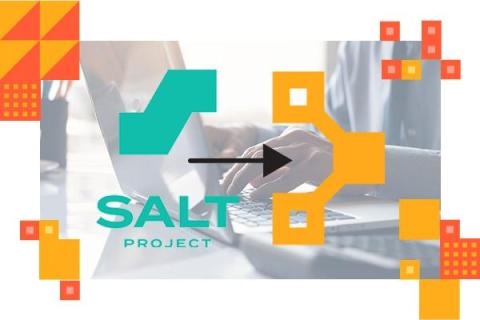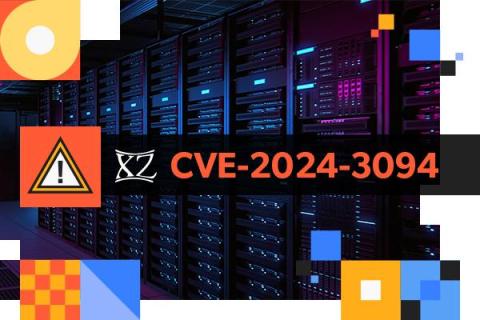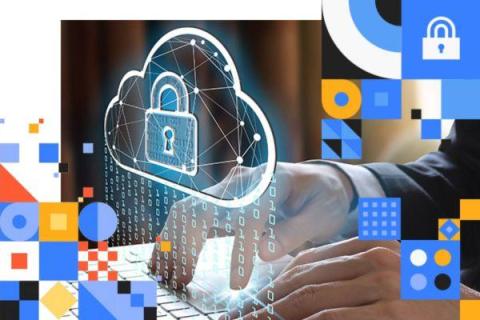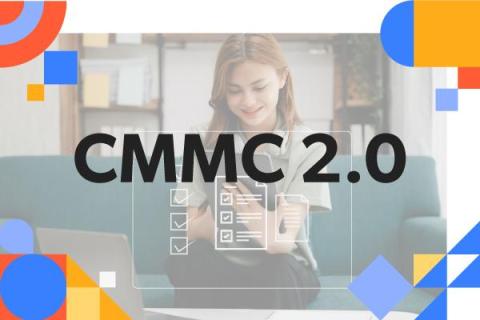4 Key Reasons to Switch from SaltStack to Puppet
At first, the differences between common configuration management tools might seem marginal. But choosing the right solution for automated configuration management can make a huge difference. Some tools will have features that align with your organization’s goals, while others won’t. The choice between Puppet vs. SaltStack is one such decision, and it’s a little more nuanced than you might think.











